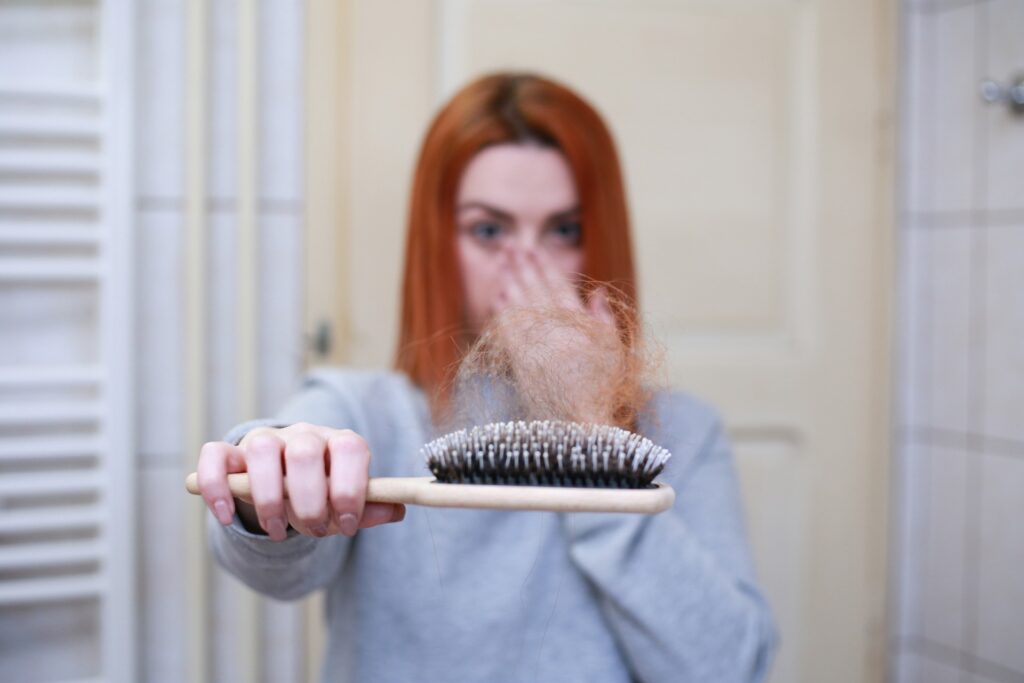Elite athletes therapy to help against hair loss?

You may have heard about renowned athletes getting platelet-rich plasma (PRP) injections to help them recover from injury. These injections are increasingly being used to treat sports injuries and to help soft tissue-healing after surgery. Some use PRP therapy as a cosmetic procedure to treat signs of aging or stimulate hair growth.
Platelet-rich plasma (PRP), also known as autologous conditioned plasma, is a concentrate of platelet-rich plasma protein derived from whole blood, centrifuged to remove red blood cells. Platelets are blood cells with several roles to play in the body. One is to promote blood clotting so that a person does not excessively bleed when they are cut. Another is to contain proteins in the blood that help wounds to heal. To collect plasma, a doctor draws blood from your body and uses a machine to separate the platelet-rich plasma from the rest of the blood. Once platelets are in the area that’s being treated, they break down and release growth factors, which are compounds that help cells repair and renew. The platelets collected in PRP are activated by the addition of thrombin and calcium chloride, which induces the release of the mentioned factors from alpha granules.
PRP injections are used to treat tendinitis, muscle injuries, arthritis, joint injuries, etc. PRP therapy is becoming more common for also for cosmetic procedures. Dermatologists inject PRP into the scalp, as a way of reducing the inflammation that can lead to hair loss. It can take several weeks for PRP injections to start working. When used for some conditions, particularly those affecting the hair, it may take up to half a year for the full effect. For some conditions, including hair loss, the treatment may need to be repeated to maintain the results.

Platelet-rich plasma therapy typically begins with a blood draw of between 30 and 60 milliliters. The blood is put into a centrifuge that spins it into separate components. Generally, that yields several milliliters of platelet-rich plasma. Using local anesthetic to numb the area, the doctor injects the platelet-rich plasma. The average time from blood-drawing to the injection itself is about half-an-hour. Patients usually can go home immediately after the treatment, as PRP doesn’t cause major side effects, as it involves using a person’s own platelets. However, sometimes the patients may suffer irritation, pain, or bleeding.
Although this looks like a really routine procedure, there are some things to consider, if you are planning to undergo a PRP therapy. It involves drawing blood, so you may need to stop taking blood-thinning medications, some supplements or vitamins. And it would be a good idea to eat something before you give blood. You cannot get PRP injections if you have anemia, cancer, low platelet count or even a simple infection. Do always consult with a doctor and only get PRP injections from a licensed one.
Another hair loss treatment is microneedling. You can read about it in our article Mesotherapy and Microneedling – What is What?

